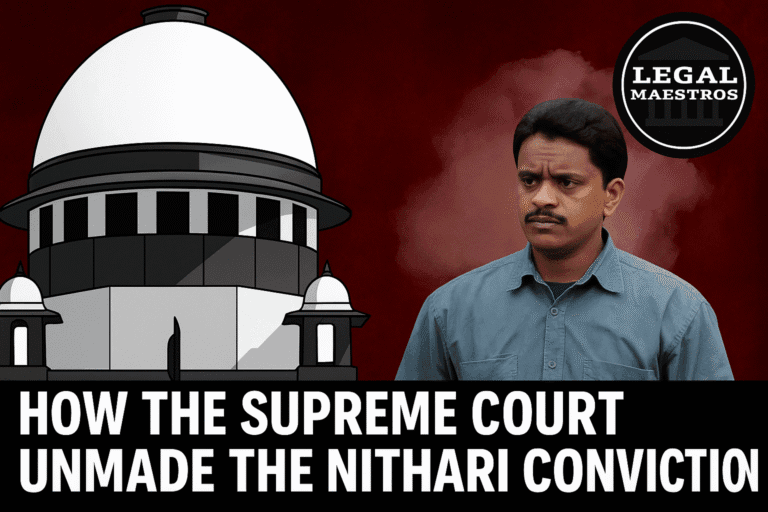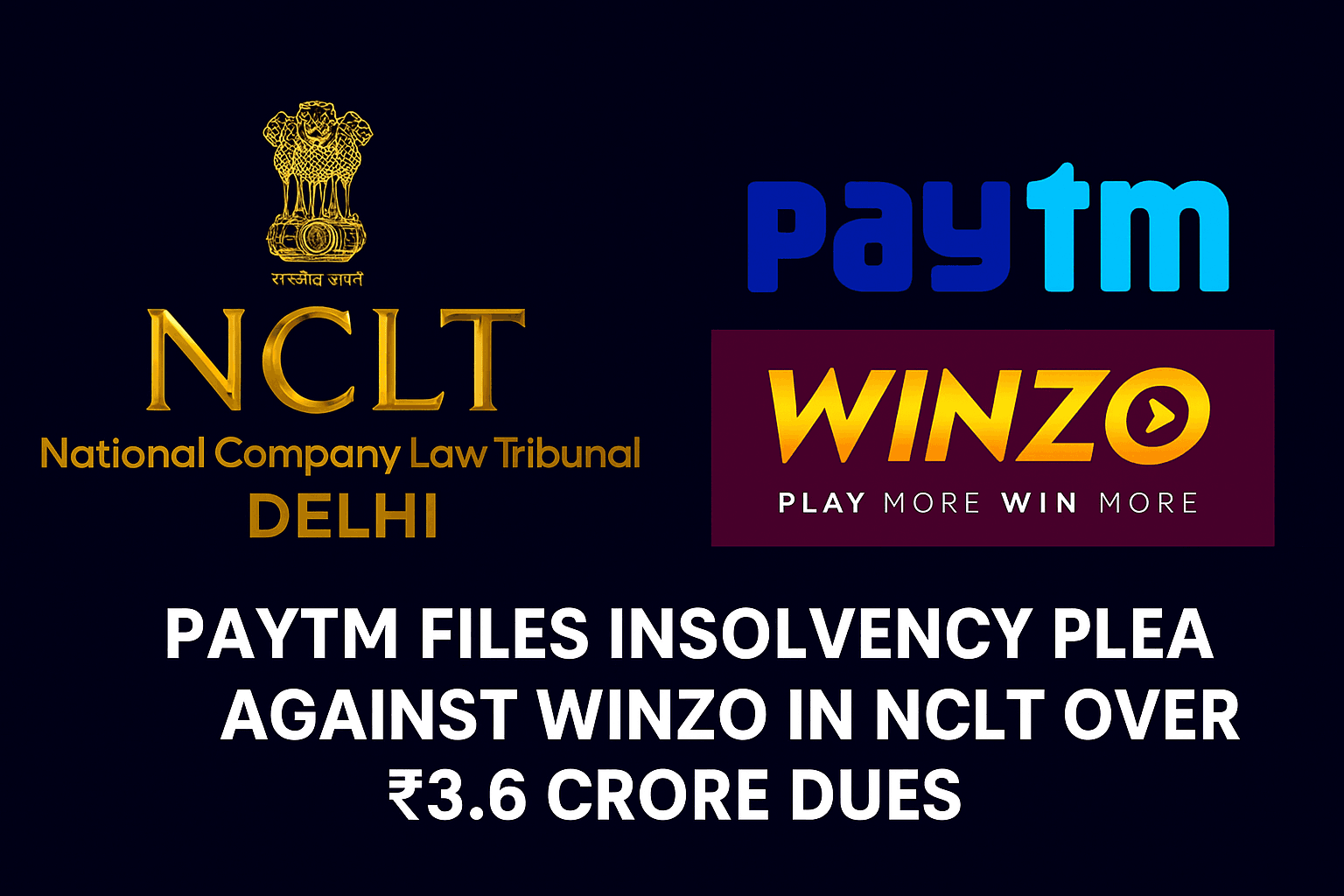
A helicopter crash near Kedarnath that killed people is just one more sad event.
On June 15, 2025, an Aryan Aviation helicopter which was flown between Kedarnath and Guptkashi, crashed in Gaurikund jungle. All seven people on board died. This is the sixth major helicopter accident in Uttarakhand in only six weeks, which shows that mountain aviation activities are not very safe.
Chardham Heli Services’ Pattern of Failures
Since May 8, there have been everything from deadly collisions in Uttarkashi to emergency landings near Kedarnath helipads. On June 7, a mechanical problem made a highway landing necessary. On May 17, an AIIMS ambulance helicopter crash-landed without hurting anybody. These repeated failures show that there are still problems with the technology and procedures on the Char Dham Yatra path.
Regulatory and Legal Oversight in Mountain Aviation
The Directorate General of Civil Aviation (DGCA) establishes baseline safety requirements, however there are still gaps in enforcement in rural areas. According to helicopter operators, adverse weather conditions and high altitude situations exert excessive load on aircraft more than what these devices are permitted to do. The law however makes licensees and regulations responsible in ensuring that aircrafts are fit to fly and make pilots qualified.
For any queries or to publish an article or post or advertisement on our platform, do call at +91 6377460764 or email us at contact@legalmaestros.com.
Operator Liability: Aryan Aviation is being looked into
The Ministry of Civil Aviation stopped Aryan Aviation’s Chardham operations and took away the licenses of two pilots for six months after the most recent accident. Legal experts say that the operator might be sued for carelessness since families are seeking damages under the Aircraft Act and tort law for not doing their job and not following proper maintenance procedures.
What the DGCA and State Authorities Do
Uttarakhand Chief Minister Pushkar Singh Dhami held an emergency meeting, directed a halt in all heli-services to two days, and appointed a high level commission to identify systemic issues. Civil aviation wing of the state and DGCA should now collaborate in ensuring SOPs are made more stringent, should enhance weather tracking as well as reduce time-line in crash investigation.
Legal options for victims’ families and compensation
Families have the right to short-term help and long-term damages under India’s Civil Aviation Requirements. Based on previous cases, claims might be more than ₹1 crore for each life lost, taking into account lost income and punitive penalties. It’s possible for both the operator and the regulator to be sued in class actions. This is because petitioners are questioning the lack of monitoring and asking for a court review of the DGCA’s compliance protocols.
For any queries or to publish an article or post or advertisement on our platform, do call at +91 6377460764 or email us at contact@legalmaestros.com.
The Ahmedabad Boeing 787 disaster had political consequences.
This is just a few days after Air India Flight AI171 crashed into a hostel after taking off earlier at Ahmedabad killed 241 people traveling on board plane and 38 other people on ground. This catastrophe prompted the citizens to be more concerned with the conduct of civil aviation and the implementation of safety all over the air system of India.
Ram Mohan Naidu Is Being Pressured to Quit
Civil Aviation Minister Ram Mohan Naidu promised a high-level AAIB investigation, but a video he posted on social media showing him inspecting the disaster scene with music playing in the background garnered a lot of criticism for being insensitive. People on the internet and in politics have called for his resignation, saying that technological change must come with ministerial responsibility.
What the opposition wants and what the public thinks
Leaders from all parties have asked Naidu to step down as a sign of regret and accountability. Public petitions say that safety audits aren’t being enforced and question the ministry’s ability to handle crises, saying that his resignation is necessary to restore faith in India’s aviation authority.
For any queries or to publish an article or post or advertisement on our platform, do call at +91 6377460764 or email us at contact@legalmaestros.com.
Examples of Ministerial Accountability
Transport ministers throughout the world regularly resign after catastrophic plane crashes to preserve moral responsibility.As an example South Korea was reacting to a fatal Jeju Air accident earlier this year. The fact that people walk out like this is indicative of the fact that the administration itself is aware that the system is not working and that it must be changed.
What this means for the safety of aviation governance
The Kedarnath helicopter dilemma and the Ahmedabad jet accident both show how important it is to have legal, regulatory, and political accountability all in one place. A complete safety framework might include strengthening DGCA’s field capabilities, revising certification standards for operations in harsh weather, and making ministerial responsibility clear.
The Need for Legal and Policy Changes That Work Together
Professionals believe that Aircraft Act must be reformed so that it is clearer what regulators are supposed to do in civil and criminal cases, have independent safety reviews of the risky routes, and judge higher say over the aviation policy. Nothing can help to overcome thoughtlessness and ensure that there should be risks to be handled prior but a good law system can do that.
For any queries or to publish an article or post or advertisement on our platform, do call at +91 6377460764 or email us at contact@legalmaestros.com.
SAFETY and RESPONSIBILITY
Aviation infrastructure of India is not perfect as demonstrated by the two disasters in Uttarakhand and Gujarat. Victims must be able to take lawsuits, the laws must be put at its peak and politicians must be taken to task, which might involve a minister stepping down. All these are relevant to restore confidence and defense of the air travel in the future.




![Research Assistantship @ Sahibnoor Singh Sindhu, [Remote; Stipend of Rs. 7.5k; Dec 2025 & Jan 2026]: Apply by Nov 14, 2025!](https://legalmaestros.com/wp-content/uploads/2025/11/Gemini_Generated_Image_s0k4u6s0k4u6s0k4-768x707.png)
![Karanjawala & Co Hiring Freshers for Legal Counsel [Immediate Joining; Full Time Position in Delhi]: Apply Now!](https://legalmaestros.com/wp-content/uploads/2025/11/Gemini_Generated_Image_52f8mg52f8mg52f8-768x711.png)